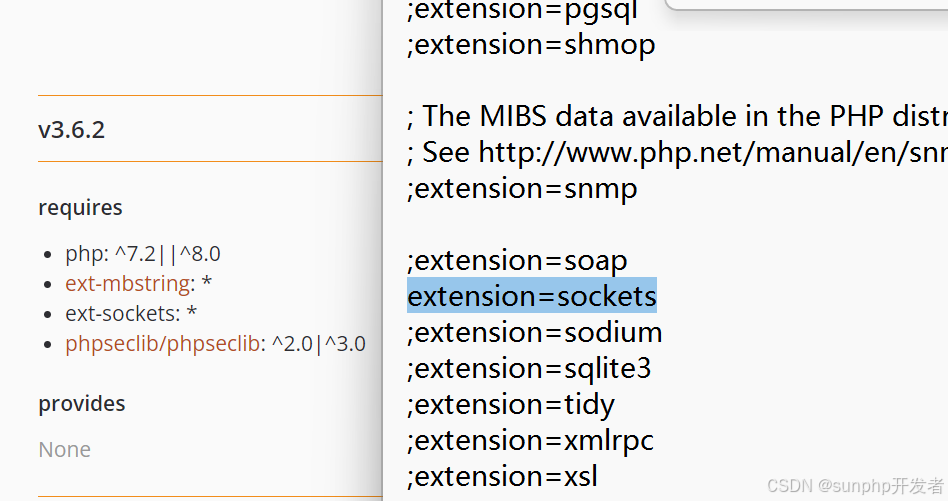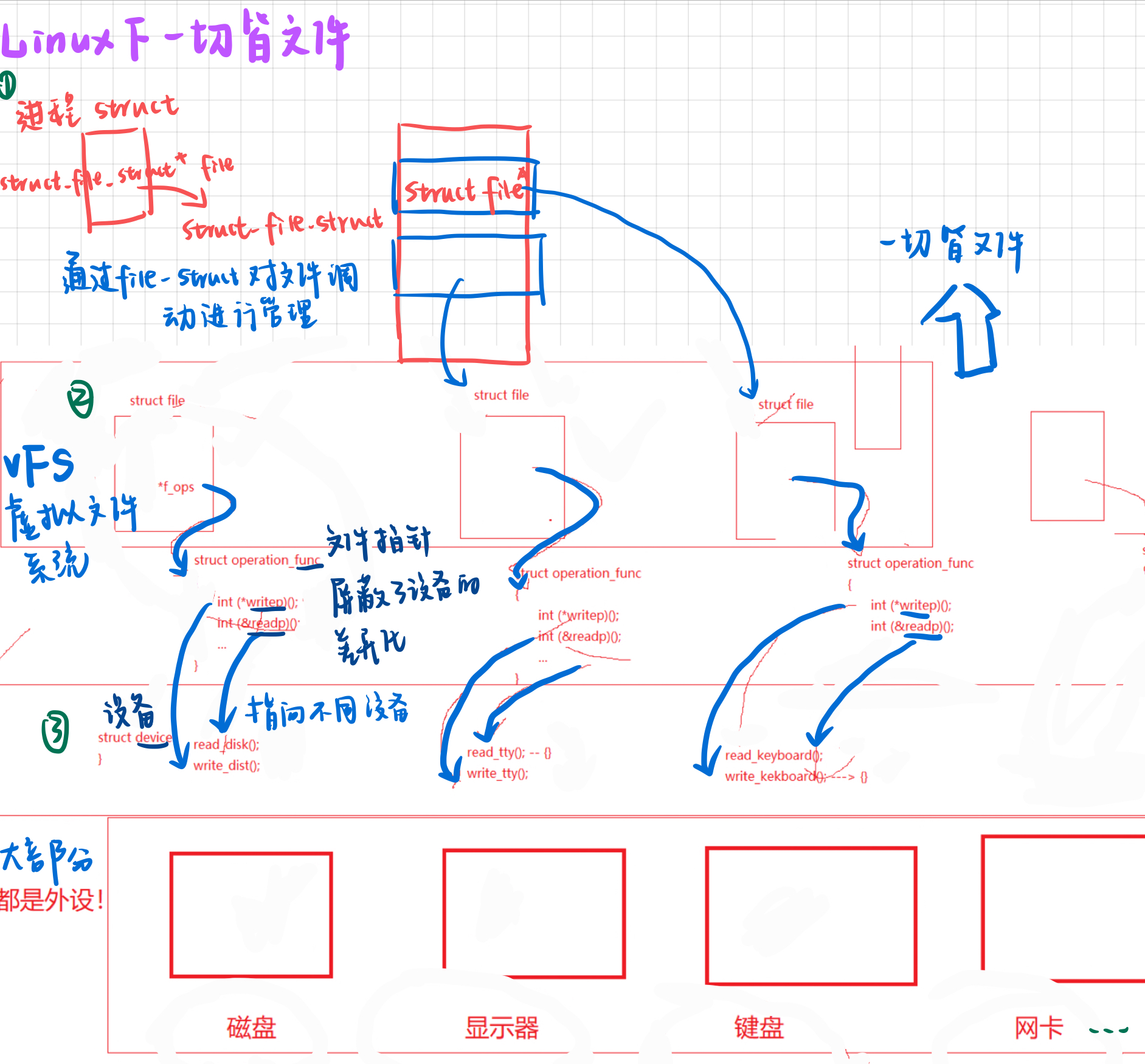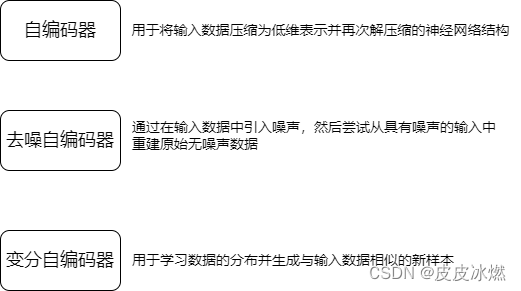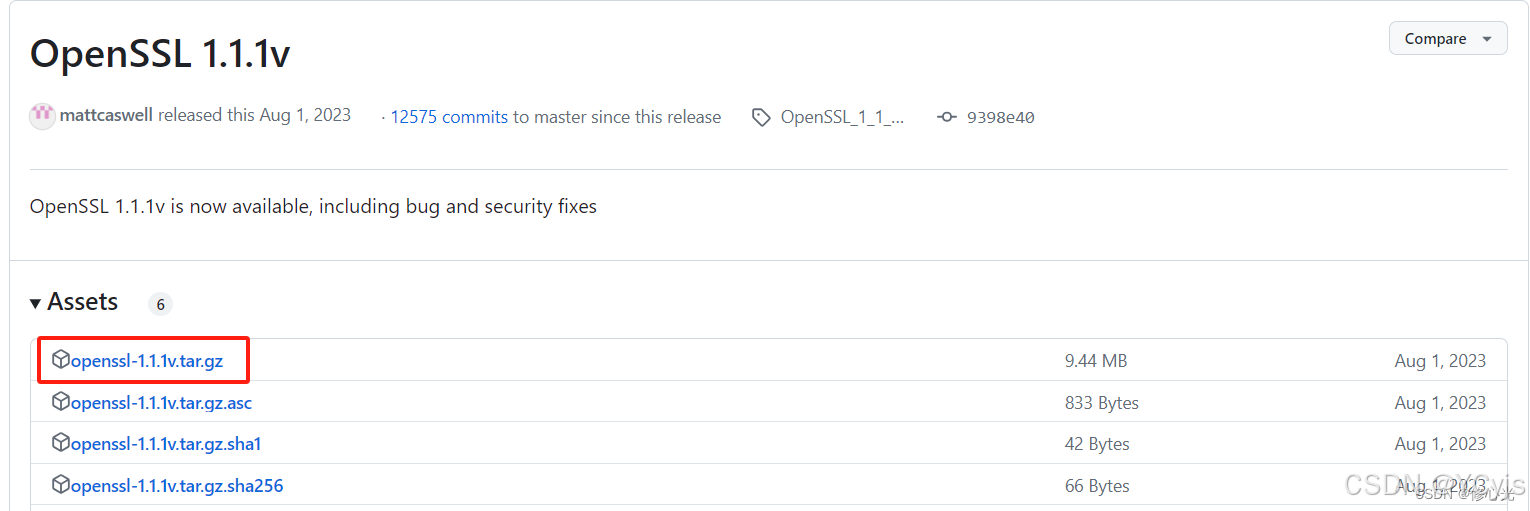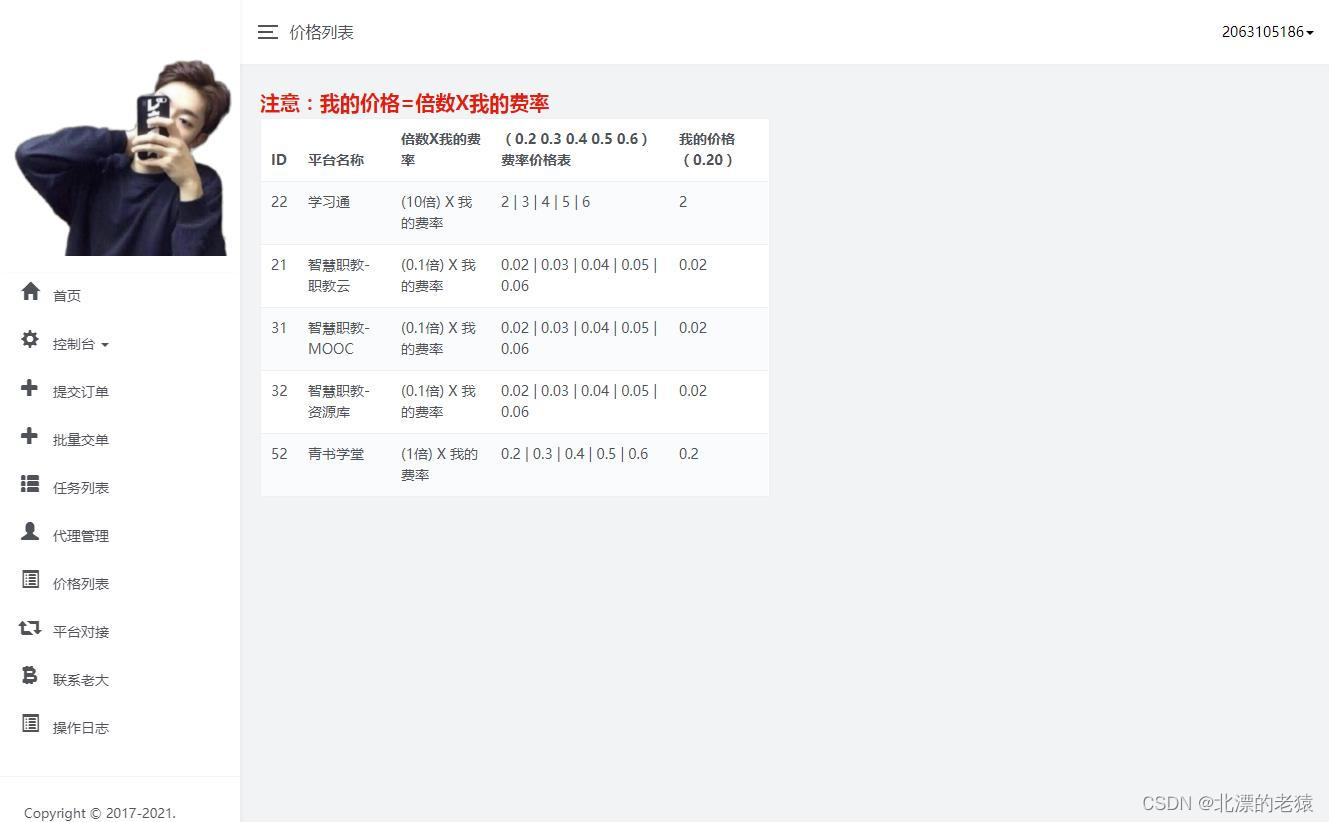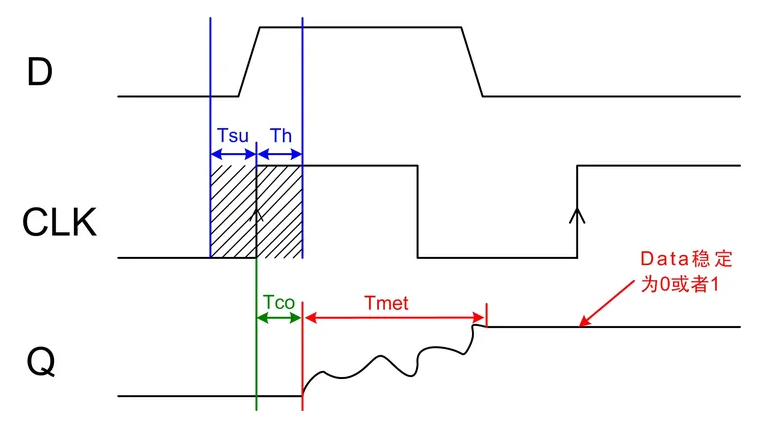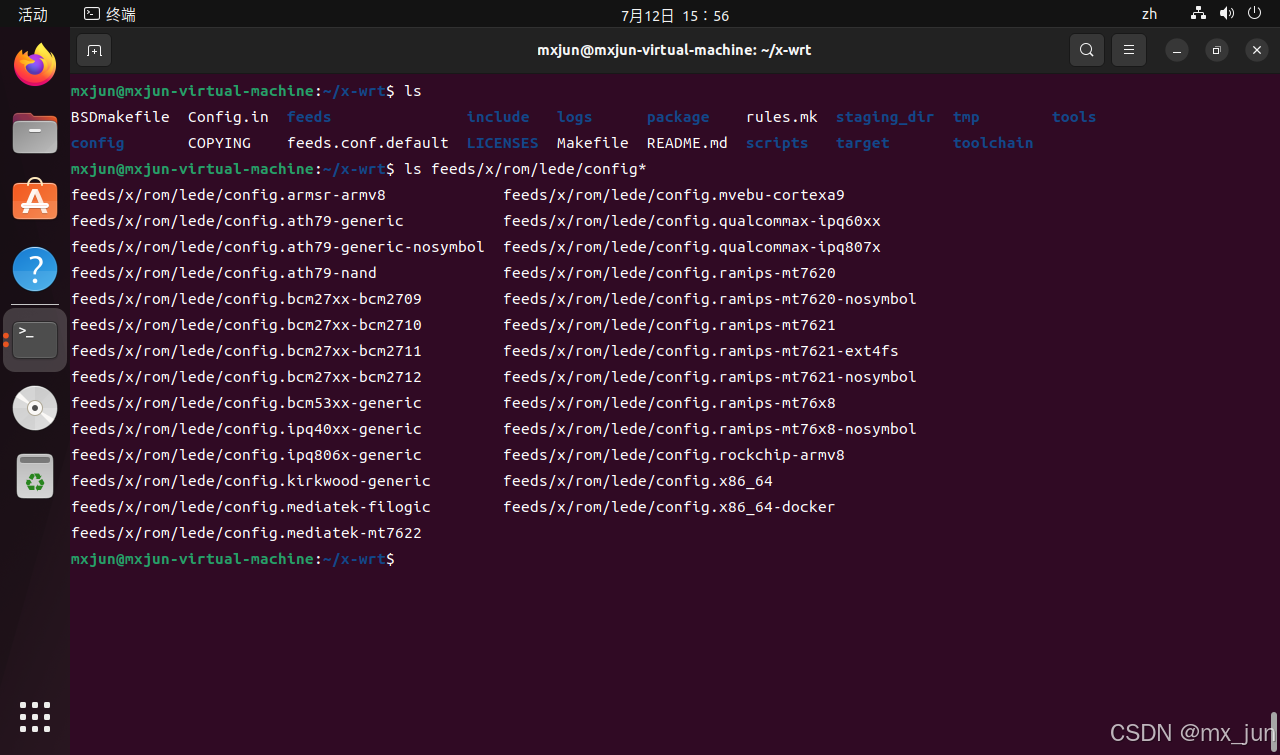深度学习就像炼丹。炉子就是模型,火候就是那些参数,材料就是数据集。
1.1 参数有哪些
调参调参,参数到底是哪些参数?
1.网络相关的参数:(1)神经网络网络层
(2)隐藏层的神经元个数等
(3)卷积核的数量
(4)损失层函数的选择
2.数据预处理的相关参数:(1)batch normalization(2)等等
3.超参数:(1)激活函数(2)初始化(凯明初始化等)
(3)梯度下降(SGD、Adam)
(4)epoch (5)batch size
(6)学习率lr (7)衰减函数、正则化等
1.2 常见的情况及原因
1.通常是在网络训练的结果:(1)过拟合----样本数量太少了
(2)欠拟合----样本多但模型简单
(3)拟合,但是在上下浮动(震荡)
(4)恰好拟合
(5)模型不收敛
1.3 解决方法
(1)过拟合----数据增强、早停法、drop out、降低学习率、调整epoch
(2)欠拟合----加深层数、尽量用非线性的激活函数如relu
(3)拟合但震荡----降低数据增强的程度、学习率
(4)
(5)模型不收敛----数据集有问题、网络模型有问题
1.4 调参的过程
1.搭建网络模型
2.先用小样本进行尝试模型效果
3.根据小样本的效果,进行调参,包括分析损失。
1.5 代码(CPU训练)
# Author:SiZhen
# Create: 2024/7/14
# Description: 调参练习-以手写数字集为例
import torch
import torch.nn as nn
import torchvision
import torch.utils
import torchvision.transforms as transforms
import matplotlib.pyplot as plt
#设置超参数
from torch import optim
from torch.nn import init
batch_size = 64
hidden_size = 128
learning_rate = 0.001
num_epoch = 10
#将图片进行预处理转换成pytorch张量
transform = transforms.Compose([transforms.ToTensor(),
transforms.Normalize((0.5,),(0.5,),)]) #mnist是单通道,所以括号内只有一个0.5
#下载训练集
train_set = torchvision.datasets.MNIST(root="./data",train=True,download=True,transform=transform)
#下载测试集
test_set = torchvision.datasets.MNIST(root="./data",train=False,download=True,transform=transform)
#加载数据集
train_loader= torch.utils.data.DataLoader(train_set,batch_size=batch_size,shuffle=True)
test_loader = torch.utils.data.DataLoader(test_set,batch_size=batch_size,shuffle=False)#测试不shuffle
input_size = 784 #mnist,28x28像素
num_classes = 10
class SEAttention(nn.Module):
# 初始化SE模块,channel为通道数,reduction为降维比率
def __init__(self, channel=1, reduction=8):
super().__init__()
self.avg_pool = nn.AdaptiveAvgPool2d(1) # 自适应平均池化层,将特征图的空间维度压缩为1x1
self.fc = nn.Sequential( # 定义两个全连接层作为激励操作,通过降维和升维调整通道重要性
nn.Linear(channel, channel // reduction, bias=False), # 降维,减少参数数量和计算量
nn.ReLU(inplace=True), # ReLU激活函数,引入非线性
nn.Linear(channel // reduction, channel, bias=False), # 升维,恢复到原始通道数
nn.Sigmoid(), # Sigmoid激活函数,输出每个通道的重要性系数
)
# 权重初始化方法
def init_weights(self):
for m in self.modules(): # 遍历模块中的所有子模块
if isinstance(m, nn.Conv2d): # 对于卷积层
init.kaiming_normal_(m.weight, mode='fan_out') # 使用Kaiming初始化方法初始化权重
if m.bias is not None:
init.constant_(m.bias, 0) # 如果有偏置项,则初始化为0
elif isinstance(m, nn.BatchNorm2d): # 对于批归一化层
init.constant_(m.weight, 1) # 权重初始化为1
init.constant_(m.bias, 0) # 偏置初始化为0
elif isinstance(m, nn.Linear): # 对于全连接层
init.normal_(m.weight, std=0.001) # 权重使用正态分布初始化
if m.bias is not None:
init.constant_(m.bias, 0) # 偏置初始化为0
# 前向传播方法
def forward(self, x):
b, c, _, _ = x.size() # 获取输入x的批量大小b和通道数c
y = self.avg_pool(x).view(b, c) # 通过自适应平均池化层后,调整形状以匹配全连接层的输入
y = self.fc(y).view(b, c, 1, 1) # 通过全连接层计算通道重要性,调整形状以匹配原始特征图的形状
return x * y.expand_as(x) # 将通道重要性系数应用到原始特征图上,进行特征重新校准
import torch
import torch.nn as nn
from torch.nn import Softmax
# 定义一个无限小的矩阵,用于在注意力矩阵中屏蔽特定位置
def INF(B, H, W):
return -torch.diag(torch.tensor(float("inf")).repeat(H), 0).unsqueeze(0).repeat(B * W, 1, 1)
class CrissCrossAttention(nn.Module):
""" Criss-Cross Attention Module"""
def __init__(self, in_dim):
super(CrissCrossAttention, self).__init__()
# Q, K, V转换层
self.query_conv = nn.Conv2d(in_channels=in_dim, out_channels=in_dim // 8, kernel_size=1)
self.key_conv = nn.Conv2d(in_channels=in_dim, out_channels=in_dim // 8, kernel_size=1)
self.value_conv = nn.Conv2d(in_channels=in_dim, out_channels=in_dim, kernel_size=1)
# 使用softmax对注意力分数进行归一化
self.softmax = Softmax(dim=3)
self.INF = INF
# 学习一个缩放参数,用于调节注意力的影响
self.gamma = nn.Parameter(torch.zeros(1))
def forward(self, x):
m_batchsize, _, height, width = x.size()
# 计算查询(Q)、键(K)、值(V)矩阵
proj_query = self.query_conv(x)
proj_query_H = proj_query.permute(0, 3, 1, 2).contiguous().view(m_batchsize * width, -1, height).permute(0, 2, 1)
proj_query_W = proj_query.permute(0, 2, 1, 3).contiguous().view(m_batchsize * height, -1, width).permute(0, 2, 1)
proj_key = self.key_conv(x)
proj_key_H = proj_key.permute(0, 3, 1, 2).contiguous().view(m_batchsize * width, -1, height)
proj_key_W = proj_key.permute(0, 2, 1, 3).contiguous().view(m_batchsize * height, -1, width)
proj_value = self.value_conv(x)
proj_value_H = proj_value.permute(0, 3, 1, 2).contiguous().view(m_batchsize * width, -1, height)
proj_value_W = proj_value.permute(0, 2, 1, 3).contiguous().view(m_batchsize * height, -1, width)
# 计算垂直和水平方向上的注意力分数,并应用无穷小掩码屏蔽自注意
energy_H = (torch.bmm(proj_query_H, proj_key_H) + self.INF(m_batchsize, height, width)).view(m_batchsize, width, height, height).permute(0, 2, 1, 3)
energy_W = torch.bmm(proj_query_W, proj_key_W).view(m_batchsize, height, width, width)
# 在垂直和水平方向上应用softmax归一化
concate = self.softmax(torch.cat([energy_H, energy_W], 3))
# 分离垂直和水平方向上的注意力,应用到值(V)矩阵上
att_H = concate[:, :, :, 0:height].permute(0, 2, 1, 3).contiguous().view(m_batchsize * width, height, height)
att_W = concate[:, :, :, height:height + width].contiguous().view(m_batchsize * height, width, width)
# 计算最终的输出,加上输入x以应用残差连接
out_H = torch.bmm(proj_value_H, att_H.permute(0, 2, 1)).view(m_batchsize, width, -1, height).permute(0, 2, 3, 1)
out_W = torch.bmm(proj_value_W, att_W.permute(0, 2, 1)).view(m_batchsize, height, -1, width).permute(0, 2, 1, 3)
return self.gamma * (out_H + out_W) + x
class Net(nn.Module):
def __init__(self, input_size, hidden_size, num_classes):
super(Net, self).__init__()
self.fc1 = nn.Linear(input_size, hidden_size)
self.relu = nn.ReLU()
self.fc2 = nn.Linear(hidden_size, num_classes)
self.conv1 =nn.Conv2d(1,64,kernel_size=1)
self.se = SEAttention(channel=1)
self.cca = CrissCrossAttention(64)
self.conv2 = nn.Conv2d(64,1,kernel_size=1)
def forward(self, x):
x = self.se(x)
x = self.conv1(x)
x = self.cca(x)
x = self.conv2(x)
out = self.fc1(x.view(-1, input_size))
out = self.relu(out)
out = self.fc2(out)
return out
model = Net(input_size,hidden_size,num_classes)
criterion = nn.CrossEntropyLoss()
optimizer = optim.Adam(model.parameters(),lr=learning_rate)
train_loss_list = []
test_loss_list = []
#训练
total_step = len(train_loader)
for epoch in range(num_epoch):
for i,(images,labels) in enumerate(train_loader):
outputs = model(images) #获取模型分类后的结果
loss = criterion(outputs,labels) #计算损失
optimizer.zero_grad() #反向传播前,梯度清零
loss.backward() #反向传播
optimizer.step() #更新参数
train_loss_list.append(loss.item())
if (i+1)%100 ==0:
print('Epoch[{}/{}],Step[{}/{}],Train Loss:{:.4f}'
.format(epoch+1,num_epoch,i+1,total_step,loss.item()))
model.eval()
with torch.no_grad(): #禁止梯度计算
test_loss = 0.0
for images,labels in test_loader:
outputs = model(images)
loss = criterion(outputs,labels)
test_loss +=loss.item()*images.size(0) #累加每个批次总损失得到总损失
test_loss /=len(test_loader.dataset) #整个测试集的平均损失
# 将计算得到的单个平均测试损失值扩展到一个列表中,长度为total_step
# 这样做可能是为了在绘图时每个step都有一个对应的测试损失值,尽管实际测试损失在整个epoch内是恒定的
test_loss_list.extend([test_loss]*total_step) #方便可视化
model.train()
print("Epoch[{}/{}],Test Loss:{:.4f}".format(epoch+1,num_epoch,test_loss))
plt.plot(train_loss_list,label='Train Loss')
plt.plot(test_loss_list,label='Test Loss')
plt.title('model loss')
plt.xlabel('iterations')
plt.ylabel('Loss')
plt.legend()
plt.show()
1.6 代码(GPU训练)
要想模型在GPU上训练,需要两点:
(1)模型在GPU上
(2)所有参与运算的张量在GPU上
# Author:SiZhen
# Create: 2024/7/14
# Description: 调参练习-以手写数字集为例
import torch
import torch.nn as nn
import torchvision
import torch.utils
import torchvision.transforms as transforms
import matplotlib.pyplot as plt
#设置超参数
from torch import optim
from torch.nn import init
device = torch.device("cuda" if torch.cuda.is_available() else "cpu")
batch_size = 64
hidden_size = 128
learning_rate = 0.001
num_epoch = 10
#将图片进行预处理转换成pytorch张量
transform = transforms.Compose([transforms.ToTensor(),
transforms.Normalize((0.5,),(0.5,),)]) #mnist是单通道,所以括号内只有一个0.5
#下载训练集
train_set = torchvision.datasets.MNIST(root="./data",train=True,download=True,transform=transform)
#下载测试集
test_set = torchvision.datasets.MNIST(root="./data",train=False,download=True,transform=transform)
#加载数据集
train_loader= torch.utils.data.DataLoader(train_set,batch_size=batch_size,shuffle=True,pin_memory=True)
test_loader = torch.utils.data.DataLoader(test_set,batch_size=batch_size,shuffle=False,pin_memory=True)#测试不shuffle
input_size = 784 #mnist,28x28像素
num_classes = 10
class SEAttention(nn.Module):
# 初始化SE模块,channel为通道数,reduction为降维比率
def __init__(self, channel=1, reduction=8):
super().__init__()
self.avg_pool = nn.AdaptiveAvgPool2d(1) # 自适应平均池化层,将特征图的空间维度压缩为1x1
self.fc = nn.Sequential( # 定义两个全连接层作为激励操作,通过降维和升维调整通道重要性
nn.Linear(channel, channel // reduction, bias=False), # 降维,减少参数数量和计算量
nn.ReLU(inplace=True), # ReLU激活函数,引入非线性
nn.Linear(channel // reduction, channel, bias=False), # 升维,恢复到原始通道数
nn.Sigmoid(), # Sigmoid激活函数,输出每个通道的重要性系数
)
# 权重初始化方法
def init_weights(self):
for m in self.modules(): # 遍历模块中的所有子模块
if isinstance(m, nn.Conv2d): # 对于卷积层
init.kaiming_normal_(m.weight, mode='fan_out') # 使用Kaiming初始化方法初始化权重
if m.bias is not None:
init.constant_(m.bias, 0) # 如果有偏置项,则初始化为0
elif isinstance(m, nn.BatchNorm2d): # 对于批归一化层
init.constant_(m.weight, 1) # 权重初始化为1
init.constant_(m.bias, 0) # 偏置初始化为0
elif isinstance(m, nn.Linear): # 对于全连接层
init.normal_(m.weight, std=0.001) # 权重使用正态分布初始化
if m.bias is not None:
init.constant_(m.bias, 0) # 偏置初始化为0
# 前向传播方法
def forward(self, x):
b, c, _, _ = x.size() # 获取输入x的批量大小b和通道数c
y = self.avg_pool(x).view(b, c) # 通过自适应平均池化层后,调整形状以匹配全连接层的输入
y = self.fc(y).view(b, c, 1, 1) # 通过全连接层计算通道重要性,调整形状以匹配原始特征图的形状
return x * y.expand_as(x) # 将通道重要性系数应用到原始特征图上,进行特征重新校准
import torch
import torch.nn as nn
from torch.nn import Softmax
# 定义一个无限小的矩阵,用于在注意力矩阵中屏蔽特定位置
def INF(B, H, W):
return -torch.diag(torch.tensor(float("inf")).repeat(H), 0).unsqueeze(0).repeat(B * W, 1, 1)
class CrissCrossAttention(nn.Module):
""" Criss-Cross Attention Module"""
def __init__(self, in_dim):
super(CrissCrossAttention, self).__init__()
# Q, K, V转换层
self.query_conv = nn.Conv2d(in_channels=in_dim, out_channels=in_dim // 8, kernel_size=1)
self.key_conv = nn.Conv2d(in_channels=in_dim, out_channels=in_dim // 8, kernel_size=1)
self.value_conv = nn.Conv2d(in_channels=in_dim, out_channels=in_dim, kernel_size=1)
# 使用softmax对注意力分数进行归一化
self.softmax = Softmax(dim=3)
self.INF = INF
# 学习一个缩放参数,用于调节注意力的影响
self.gamma = nn.Parameter(torch.zeros(1))
def forward(self, x):
m_batchsize, _, height, width = x.size()
# 计算查询(Q)、键(K)、值(V)矩阵
proj_query = self.query_conv(x)
proj_query_H = proj_query.permute(0, 3, 1, 2).contiguous().view(m_batchsize * width, -1, height).permute(0, 2, 1)
proj_query_W = proj_query.permute(0, 2, 1, 3).contiguous().view(m_batchsize * height, -1, width).permute(0, 2, 1)
proj_key = self.key_conv(x)
proj_key_H = proj_key.permute(0, 3, 1, 2).contiguous().view(m_batchsize * width, -1, height)
proj_key_W = proj_key.permute(0, 2, 1, 3).contiguous().view(m_batchsize * height, -1, width)
proj_value = self.value_conv(x)
proj_value_H = proj_value.permute(0, 3, 1, 2).contiguous().view(m_batchsize * width, -1, height)
proj_value_W = proj_value.permute(0, 2, 1, 3).contiguous().view(m_batchsize * height, -1, width)
# 计算垂直和水平方向上的注意力分数,并应用无穷小掩码屏蔽自注意
energy_H = (torch.bmm(proj_query_H, proj_key_H)+ self.INF(m_batchsize, height, width).to(device)).view(m_batchsize, width, height, height).permute(0, 2, 1, 3).to(device)
energy_W = torch.bmm(proj_query_W, proj_key_W).view(m_batchsize, height, width, width)
# 在垂直和水平方向上应用softmax归一化
concate = self.softmax(torch.cat([energy_H, energy_W], 3))
# 分离垂直和水平方向上的注意力,应用到值(V)矩阵上
att_H = concate[:, :, :, 0:height].permute(0, 2, 1, 3).contiguous().view(m_batchsize * width, height, height)
att_W = concate[:, :, :, height:height + width].contiguous().view(m_batchsize * height, width, width)
# 计算最终的输出,加上输入x以应用残差连接
out_H = torch.bmm(proj_value_H, att_H.permute(0, 2, 1)).view(m_batchsize, width, -1, height).permute(0, 2, 3, 1)
out_W = torch.bmm(proj_value_W, att_W.permute(0, 2, 1)).view(m_batchsize, height, -1, width).permute(0, 2, 1, 3)
return self.gamma * (out_H + out_W) + x
class Net(nn.Module):
def __init__(self, input_size, hidden_size, num_classes):
super(Net, self).__init__()
self.fc1 = nn.Linear(input_size, hidden_size)
self.relu = nn.ReLU()
self.fc2 = nn.Linear(hidden_size, num_classes)
self.conv1 =nn.Conv2d(1,64,kernel_size=1)
self.se = SEAttention(channel=1)
self.cca = CrissCrossAttention(64)
self.conv2 = nn.Conv2d(64,1,kernel_size=1)
def forward(self, x):
x = self.se(x)
x = self.conv1(x)
x = self.cca(x)
x = self.conv2(x)
out = self.fc1(x.view(-1, input_size))
out = self.relu(out)
out = self.fc2(out)
return out
model = Net(input_size,hidden_size,num_classes)
model.to(device)
criterion = nn.CrossEntropyLoss().to(device)
optimizer = optim.Adam(model.parameters(),lr=learning_rate)
train_loss_list = []
test_loss_list = []
#训练
total_step = len(train_loader)
for epoch in range(num_epoch):
for i,(images,labels) in enumerate(train_loader):
images,labels = images.to(device),labels.to(device)
outputs = model(images).to(device) #获取模型分类后的结果
loss = criterion(outputs,labels).to(device) #计算损失
optimizer.zero_grad() #反向传播前,梯度清零
loss.backward() #反向传播
optimizer.step() #更新参数
train_loss_list.append(loss.item())
if (i+1)%100 ==0:
print('Epoch[{}/{}],Step[{}/{}],Train Loss:{:.4f}'
.format(epoch+1,num_epoch,i+1,total_step,loss.item()))
model.eval()
with torch.no_grad(): #禁止梯度计算
test_loss = 0.0
for images,labels in test_loader:
images, labels = images.to(device), labels.to(device)
outputs = model(images).to(device)
loss = criterion(outputs,labels).to(device)
test_loss +=loss.item()*images.size(0) #累加每个批次总损失得到总损失
test_loss /=len(test_loader.dataset) #整个测试集的平均损失
# 将计算得到的单个平均测试损失值扩展到一个列表中,长度为total_step
# 这样做可能是为了在绘图时每个step都有一个对应的测试损失值,尽管实际测试损失在整个epoch内是恒定的
test_loss_list.extend([test_loss]*total_step) #方便可视化
model.train()
print("Epoch[{}/{}],Test Loss:{:.4f}".format(epoch+1,num_epoch,test_loss))
plt.plot(train_loss_list,label='Train Loss')
plt.plot(test_loss_list,label='Test Loss')
plt.title('model loss')
plt.xlabel('iterations')
plt.ylabel('Loss')
plt.legend()
plt.show()
1.7 调参对比
可以看到,该模型原始状态下损失值已经非常小了。


现在我把隐藏层神经元数量从原来的128改为256,学习率进一步减小为0.0005,我们看一下效果:


效果略微提升,但是我们可以看到在后面测试集的表现产生了一些波动,没有之前的模型稳定。

